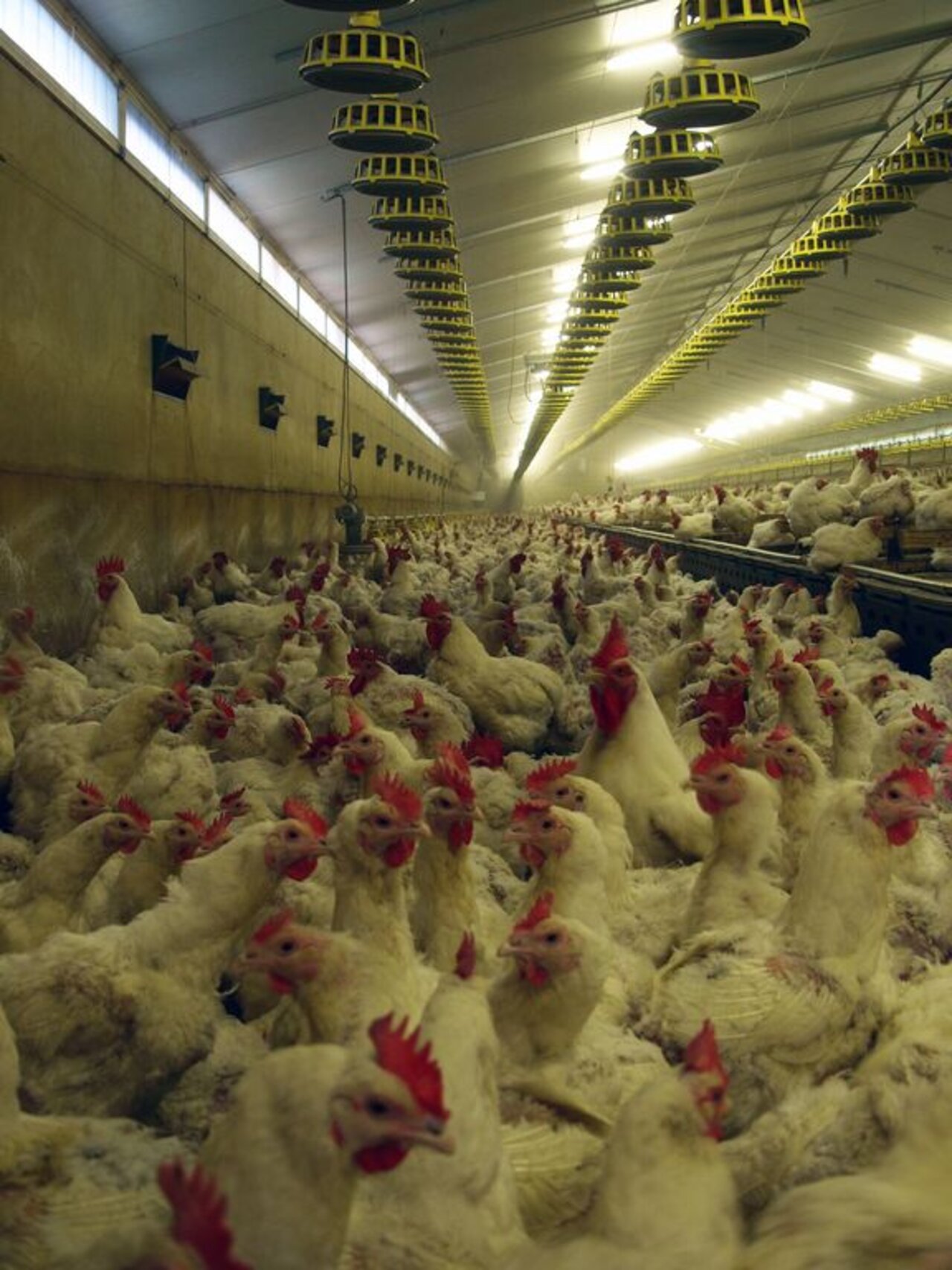Project
How good is the air quality in animal houses?

Measurement and evaluation of air quality (gases, dust, bio-aerosols) in animal houses as a contribution for the improvement of animal health and working place hygiene
Poor air quality in stables can harm the respiratory ducts of farm animals; lung function impairment is also a recognised occupational disease of farmers and veterinarians. We investigate the composition of air in animal houses to improve air quality and prevent diseases.
Background and Objective
In animal houses the concentrations of ammonia, dust and bio-aerosols are generally high. The health of the animals and also of humans working in the animal houses may be suffered from this. Besides the quantity of the air contaminants also the composition of the different components is important. Therefore it is important to look at them in its entirety.
Approach
We measure as many as possible air constituents in parallel and continuously over longer periods. For this purpose we also develop and build special measurement systems.
Our Research Questions
To develop measures for better air quality, we are mainly interested in how air quality and management type or rather animal house management correlate.
Preliminary Results
The air quality is depending on the animal species, the management type and the house management. Large influences have also general activities in the stable. For example the concentrations of dust and bio-aerosols are one power of ten lower at night times, when the animals rest, than at daytimes. In pig houses the partial underfloor extraction reduces the concentrations of ammonia in the animal house air by a factor of 4. In chicken houses the ammonia concentration can be reduced to 1/3 when the feces are removed by a manure belt two times a week instead of only one time.
Thünen-Contact

Involved Thünen-Partners
Duration
Permanent task 1.2001

![[Translate to English:] [Translate to English:]](/media/_processed_/3/6/csm_Hintergrund-Ausschnitt1_9daaef6b89.jpeg)
![[Translate to English:] [Translate to English:]](/media/_processed_/3/6/csm_Hintergrund-Ausschnitt1_0bd7111163.jpeg)




